
Waking up your Apple Watch to see "your heart has shown signs of an irregular rhythm suggestive of atrial fibrillation" might come as a shock. While your watch can send you warnings if it detects a fast or low heart rate, those messages are pretty vague, while the abnormal arrhythmia alert can downright scary. So what should you do if you receive one of these AFib notifications?
Before going further, let's talk heart a little bit. During activity such as exercise, your target heart rate will be anywhere between 100 and 175 beats per minute (bpm), depending on your age. But that's not normally used for detecting heart problems.
When you're not active, your resting heart rate should be between 60 and 100 bpm, though this can fluctuate a little depending on your lifestyle. When your heartbeat, or pulse, dips below the lowest resting heart rate on a regular basis, you may have bradycardia. When your resting heart rate is higher than 100 bpm often, it may be a sign of tachycardia. Now, when the upper chambers of your heart beat abnormally fast while the lower chambers beat near normal, that's an irregular heart pattern, or "flutter," otherwise known as atrial fibrillation.
Atrial fibrillation is a serious, yet manageable, condition, and it's the most common type of arrhythmia. But does your Apple Watch actually know when this heart fluttering is happening? How do you know when it becomes a problem? And what could it mean overall for your health?
Note: this article is not meant to diagnose or give medical advice. If you are concerned about your health, please seek medical attention.
How Does the Apple Watch Measure Heart Rate?
Your Apple Watch has a built-in optical heart sensor that's great for measuring heart activity. The sensor is comprised of light-sensitive photodiode sensors, which work in conjunction with a number of green and infrared LEDs.
When you're moving, especially during exercise, the Apple Watch uses the green lights to measure and keep track of your active heart rate. When you don't move for a while, the IR lights are used to keep track of your resting heart rate.
Because your watch only looks for irregular heart rhythm during periods of inactivity, we'll want to focus on the IR lights. These LEDs boot up once your Apple Watch determines enough motionless time has passed, and they measure your heart rate at the watch's discretion.
We don't know exactly how often the watch checks for your heart rate. However, Apple lets us know it looks for abnormal heart rates within 10-minute intervals. If your heart rate becomes irregular during one of these intervals, you receive the notification.
Where to Find Irregular Heart Rate Notification History
In many cases, the first alert you receive is the only one you'll get before taking action. However, if you receive multiple alerts or you clear the alert from your Apple Watch's Notification Center, Apple makes sure you can retrieve them from the Health app. This also includes any high and low heart rate notifications you may have received.
To find your notification history, open the Health app, then tap the "Health Data" tab at the bottom. Select "Heart," then tap "Irregular Rhythm Notifications." Here, you'll find a complete list of all irregular heart rate notifications you've received on your Apple Watch, sorted by most recent.




What Could My Irregular Heart Beat Alert Mean?
If the notification is correct in identifying an irregular heartbeat, you could have AFib. As mentioned above, AFib is short for atrial fibrillation, which is a condition where the upper chamber of the heart beats irregularly. This results in the ventricles, the two main chambers of the heart, from receiving an adequate amount of blood, therefore causing the lower chambers of the heart to beat much slower.
According to the American Heart Association, there are multiple AFib diagnoses:
- Paroxysmal atrial fibrillation: This type comes in short episodes, where your heart rhythm returns to normal within seven days; This can be as the result of healing on its own or through medical intervention. People with this type usually on experience it a few times each year, but it's unpredictable and can turn into a more serious stage of atrial fibrillation. Causes can include extreme stress, after a heavy night of drinking, stimulant medications, caffeine, low potassium levels, low magnesium levels, viral infections, hyperthyroidism, and ... the list is too long to say it all.
- Persistent atrial fibrillation: This type lasts longer than seven days, and just like paroxysmal above, it can heal on its own through time. It might also require medical attention to return the heart to normal sinus rhythm. Sometimes that can be done with medication or from low-voltage jolts (electrical cardioversion) to the heart. Causes can include history with the above type, high blood pressure, sleep apnea, binge-drinking, obesity, extreme stress, lung disease, and more.
- Long-standing atrial fibrillation: This type of AFib lasts longer than 12 months, and doesn't go away during that time. Medication and electrical cardioversion may not help. Surgery will likely be needed to resolve the issue, possibly where a cardiologist will burn certain areas of the heart to get the heart's electrical system working normally again. A pacemaker may also help. Causes can include history with the above types and any of their causes.
- Permanent atrial fibrillation: This type lasts indefinitely. No known surgery or electrical jolts can help cure this, and usually the only course of actions is medication that can help normalize the pulse as much as possible to prevent risk of stroke. Causes can include history with the above types and any of their causes.
- Valvular atrial fibrillation: This type is when a valve in the heart is at fault. Causes can include problems with an artificial valve, when a valve stiffens, or when the valve doesn't close properly and lets blood flow in the wrong direction.
- Nonvalvular atrial fibrillation: This type is not caused by a heart valve issue, as described above. However, there is not a standard definition of this type yet agreed upon by doctors other than what was just said. Causes can include sleep apnea, alcohol, caffeine, high blood pressure, lung problems, extreme stress, and hyperthyroidism.
The universal symptom of AFib is a quivering or fluttering heartbeat. Of course, it comes with an array of other symptoms, such as fatigue, rapid or irregular heartbeat, fluttering or thumping in your chest, dizziness, shortness of breath, anxiety, weakness, faintness, confusion, difficulty exercising, sweating, and chest pain or pressure.
So, Should I Go to the Doctor?
While we have done our research on the topic of AFib and Apple Watch's AFib notifications, we are not licensed medical professionals. We cannot offer medical advice to our readers — we can only explain how these notifications work and what might be causing them in general.
As for the Apple Watch, it cannot be used to diagnose conditions. As Dr. Daniel Cantillon, the research director of cardiac electrophysiology and pacing at Cleveland Clinic, explains:
Digital health technology is incredible and rapidly changing our world. Many heart rhythm cardiologists, including myself, are already incorporating smartphone-based and ECG watch data into their practices. However, at the end of the days, these are simply tools. Any good tool has its use-cases and limitations. If you have atrial fibrillation [irregular, often rapid heart rate], you should be seeing a heart rhythm cardiologist. If you're experiencing symptoms associated with abnormal heart rates, whether fast or slow, you should seek medical evaluation.
That's all there is to it. If you receive an AFib alert on your Apple Watch, and/or you are experiencing the symptoms of AFib listed above, you should seek medical attention.
This article was produced during Gadget Hacks' annual Health & Fitness special coverage. Read all of the Health & Fitness series.
- Follow Gadget Hacks on Pinterest, Reddit, Twitter, YouTube, and Flipboard
- Sign up for Gadget Hacks' daily newsletter or weekly Android and iOS updates
- Follow WonderHowTo on Facebook, Twitter, Pinterest, and Flipboard
Cover image and screenshots by Jake Peterson/Gadget Hacks











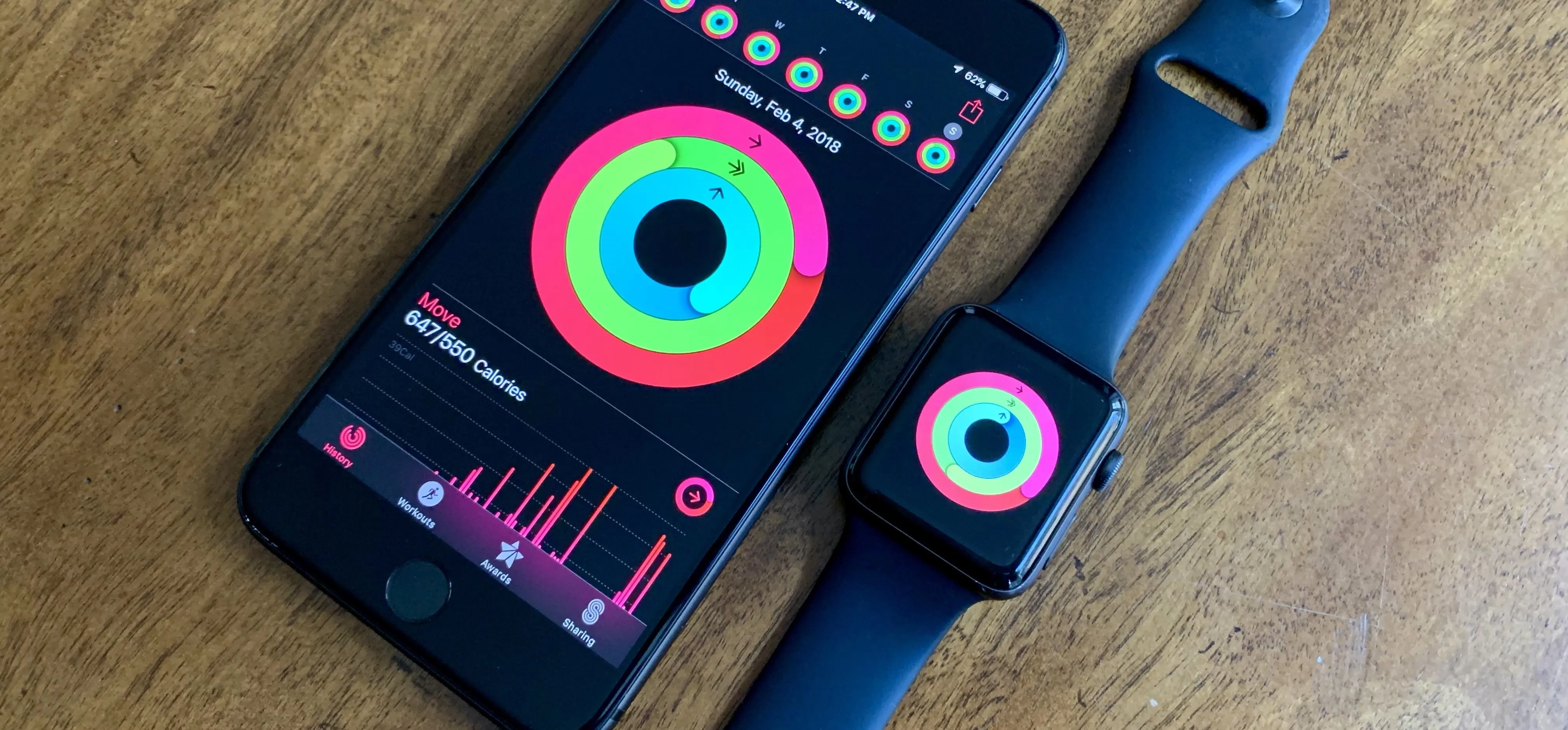

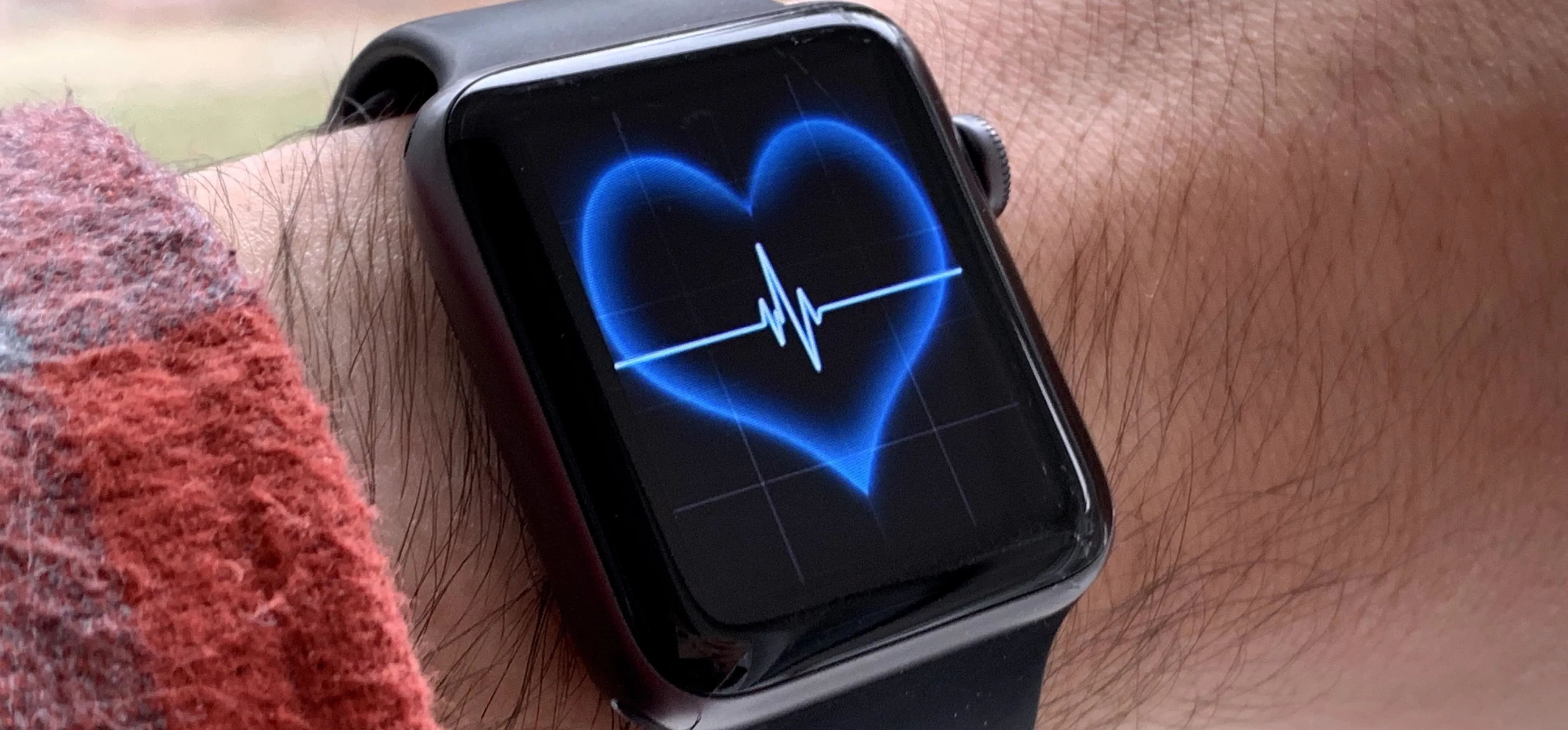
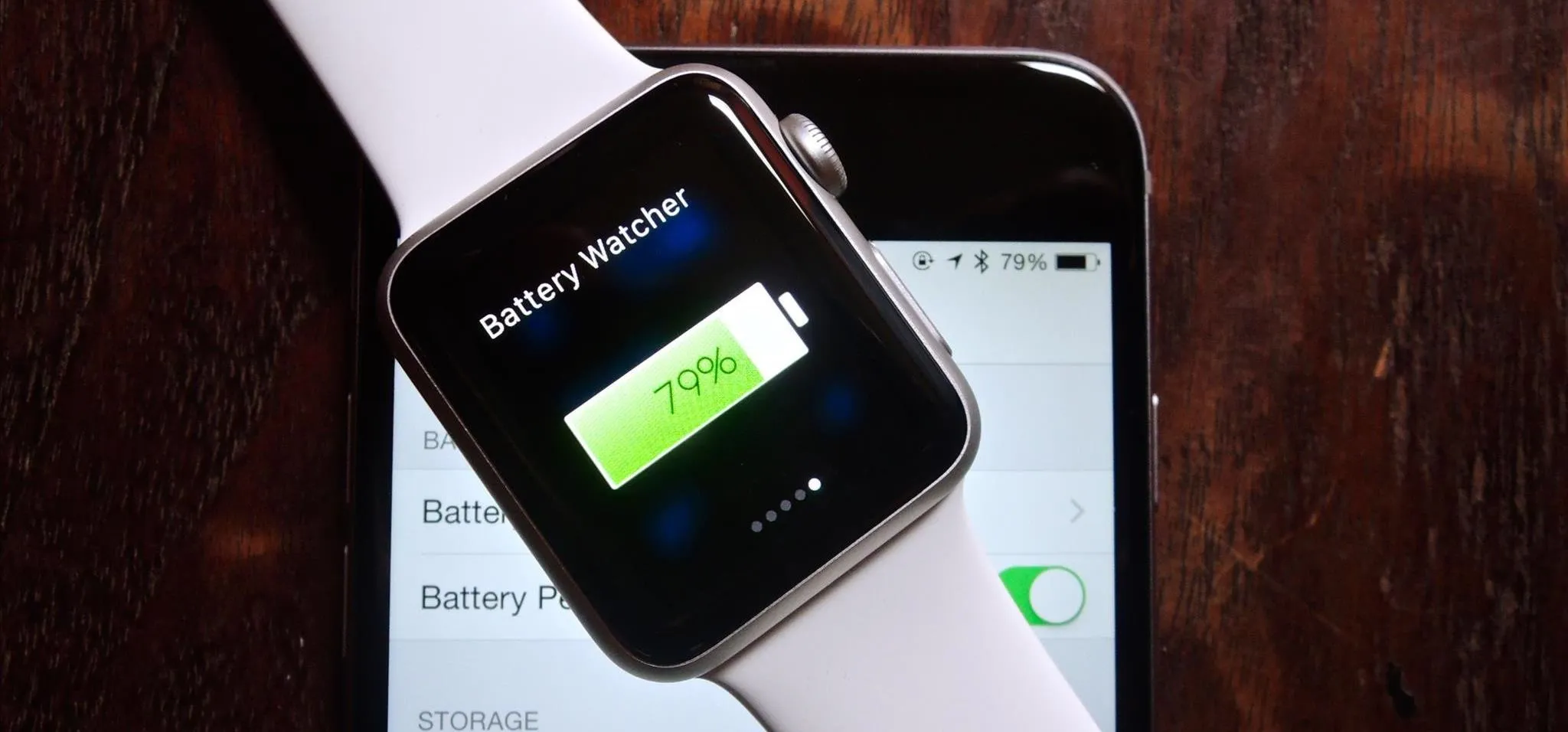


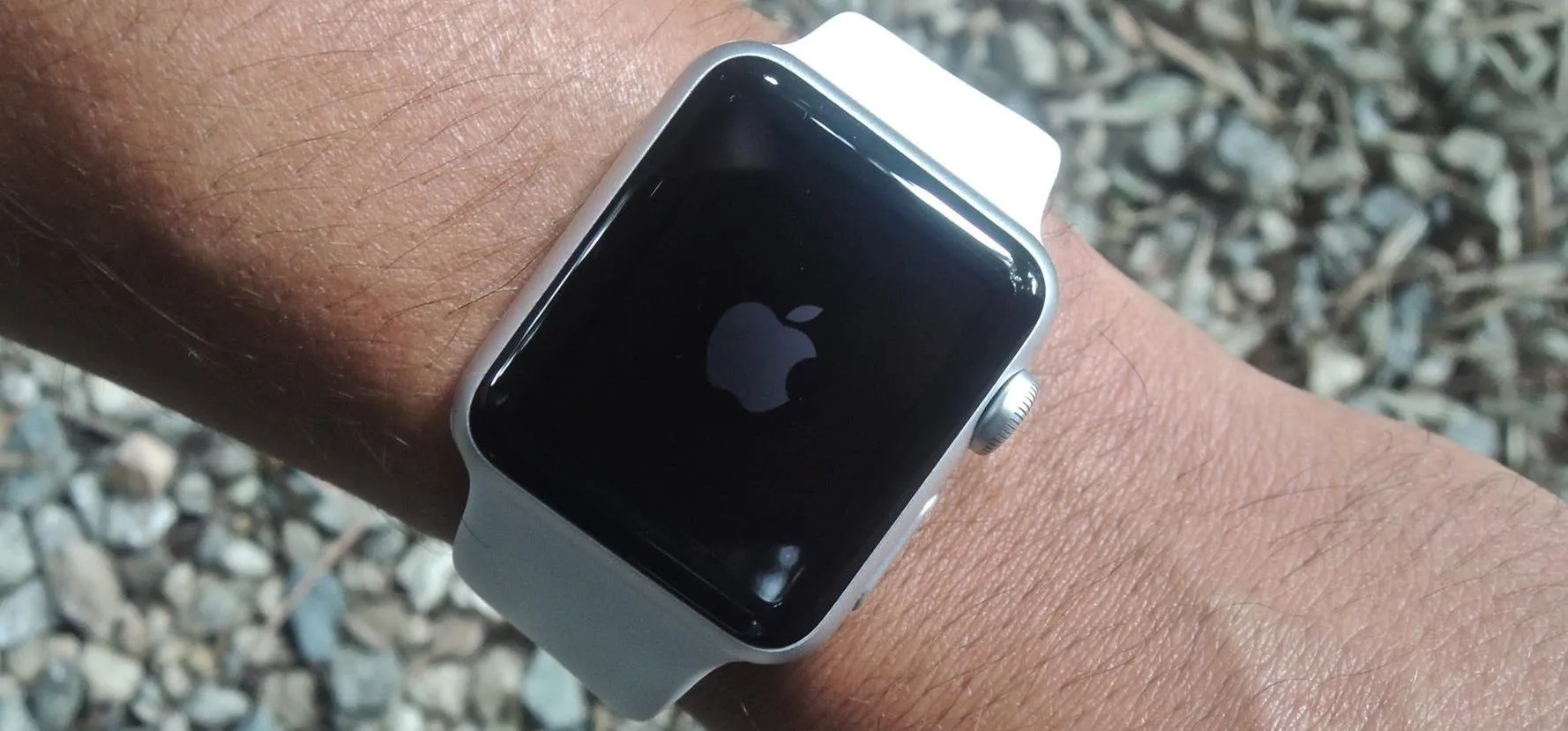


Comments
Be the first, drop a comment!